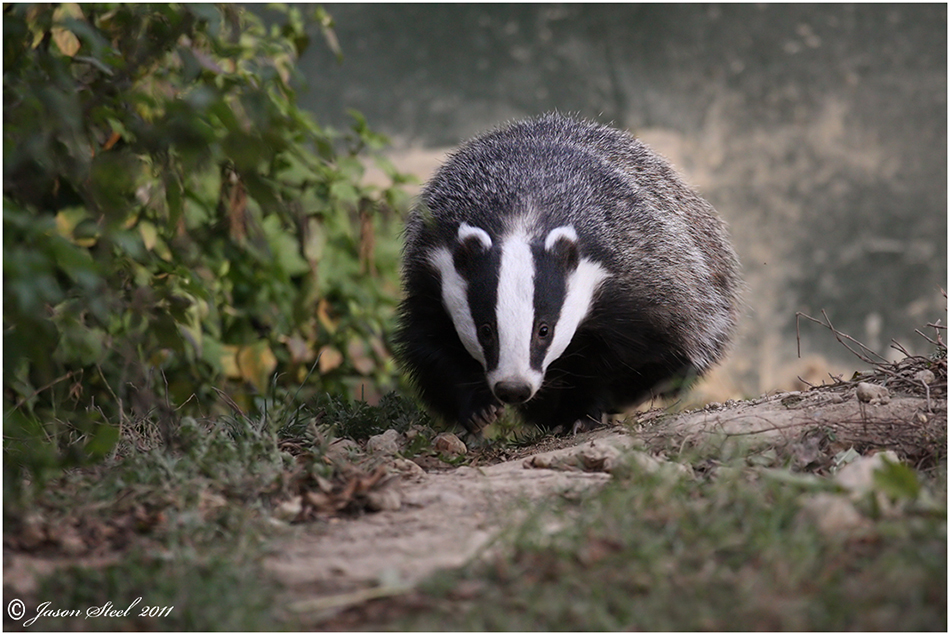
The Badger
The Melinae Badger is a short-legged omnivorous mammal found across Europe and Asia. Once endangered in the UK they are now thriving thanks to being afforded full protection by law against killing, harming badgers or interfering with badger sets. The success of the Badger in recent times has resulted in there now being more Badgers in the UK than Foxes! Unfortunately some counties are now even considering culling problematic Badger populations in certain places.
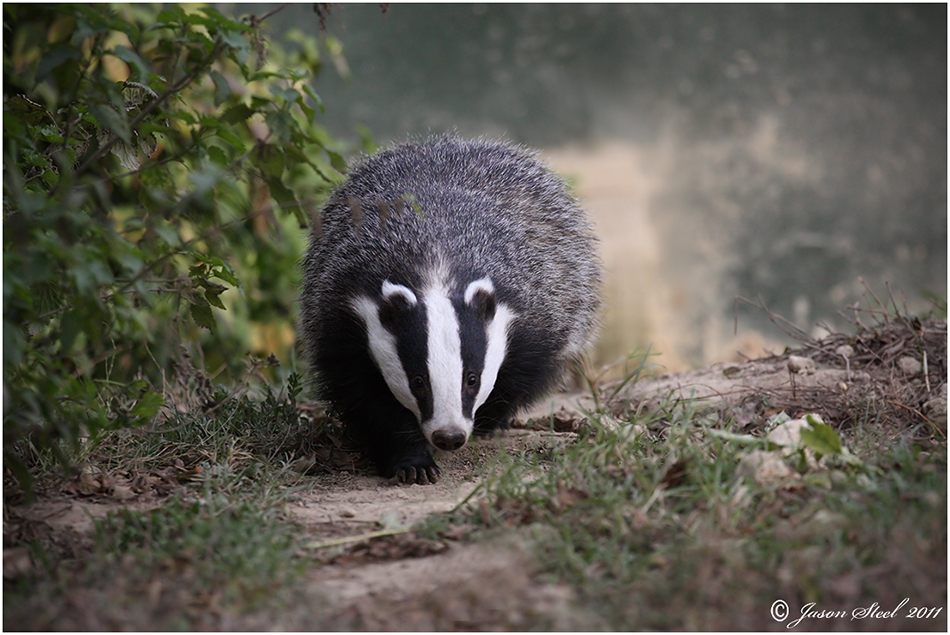
Badgers will eat insects, small rodents, reptiles, amphibians and small birds. They will also eat fruit and roots giving them a varied diet. Their most common prey is earthworms and an adult badger can eat hundreds of worms in a single night.
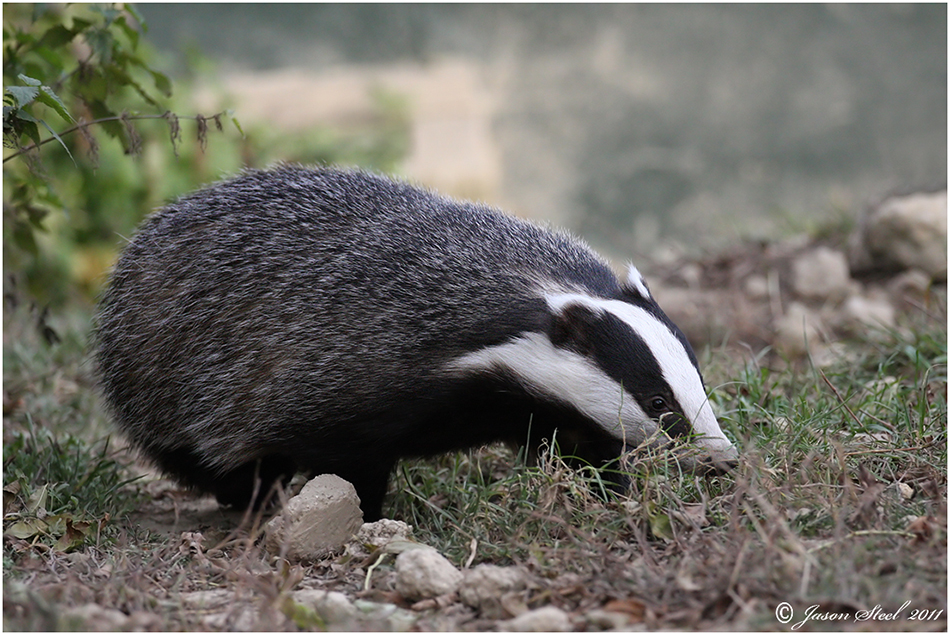
Badgers live in burrows known as setts underground. Occasionally living solitary lives but more often found living in clans of 2-15 badgers. The Badger is a fiercely defensive creature and is capable of fighting off much larger prey. They can also run at speeds of up to 16-19mph in short bursts. Fast enough to chase off predators and fast enough to catch their own prey. They can also tunnel at great speed when pursuing ground-dwelling rodents.
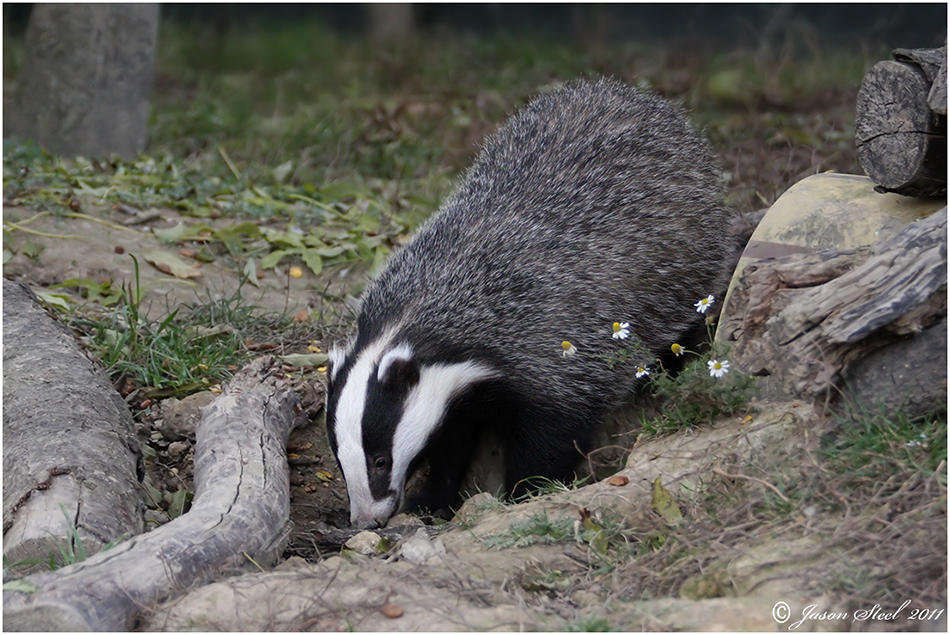
Badger reproduction uses a very unusual practice known as 'delayed implantation'. This means that Badgers can mate at any time of year but the embryo does not implant in the womb and start growing until the winter. This ensures that all Badger cubs are born in early spring usually from January to March. Badger cubs are born blind, measure just 12cm in length and have white fur.
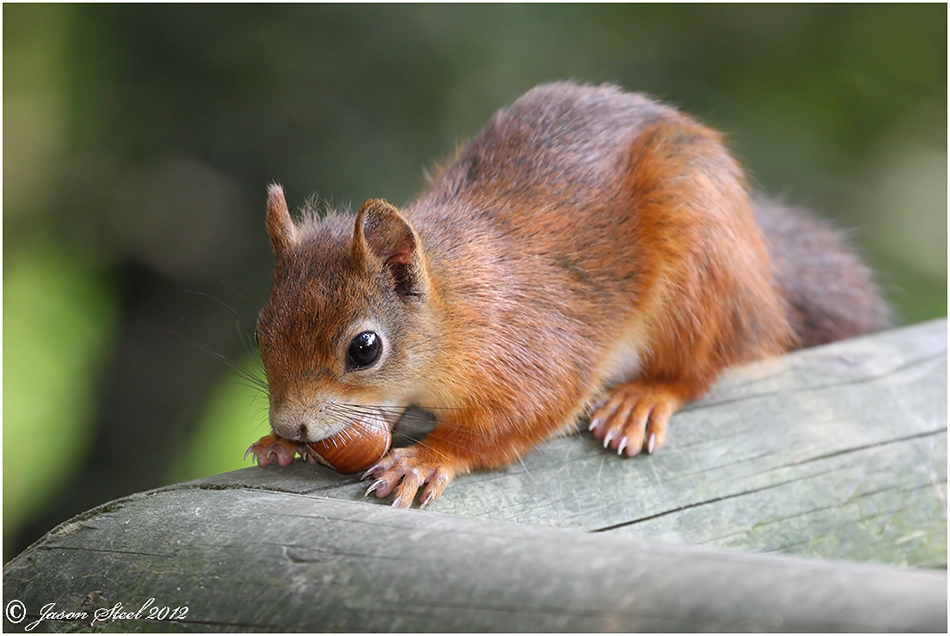
Red Squirrel
Unlike the Grey Squirrel the Red Squirrel is native to the UK, but since the introduction of the Grey numbers of Red Squirrels in the UK have fallen significantly especially in England. This is partly due to the larger, heavier size and more dominant nature of the Grey Squirrel. This also partly due to the Grey Squirrels ability to digest acorns which the Red cannot. But one of the main contributing factors of the Red Squirrel's decline is the deadly disease 'Parapoxvirus' which is carried and spread by the Grey Squirrels which are apparently immune to its effects.
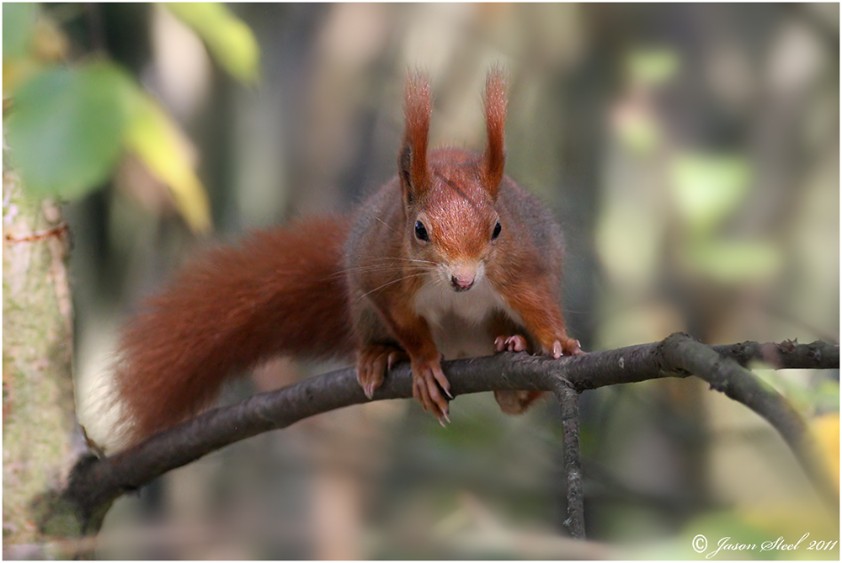
85% of the UK's Red Squirrel population is now found in Scotland. The Red Squirrel also lives in the Isle Of Wight without competition from the Grey Squirrel which is completely absent from the island.
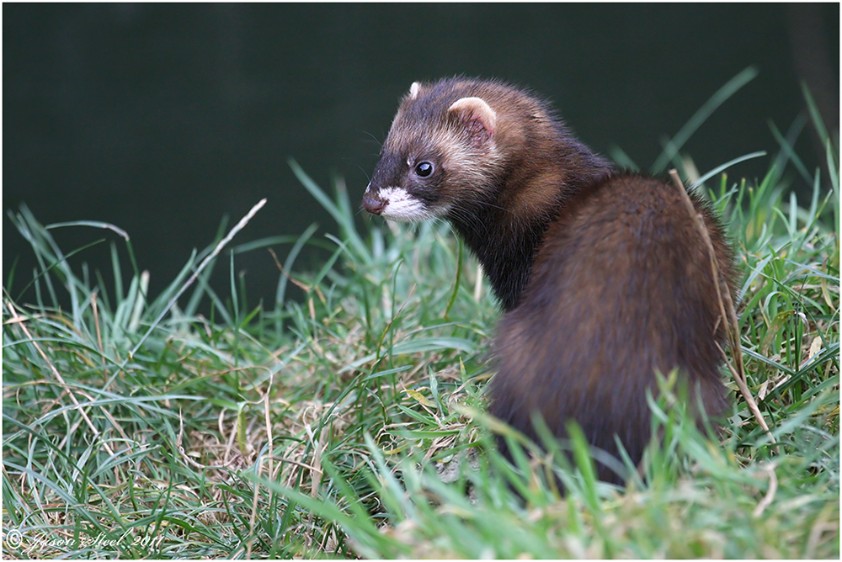
The European Polecat
The European Polecat is the true ancestor of the domestic ferret. Over the years polecats have been severely hunted and persecuted by gamekeepers to the point where Polecat numbers fell to dangerous levels in many parts of the country. Now protected against killing by the 'Wildlife and Countryside Act 1981' numbers of Polecats in the UK have made a good recovery but are still not as high as other similar mammals.
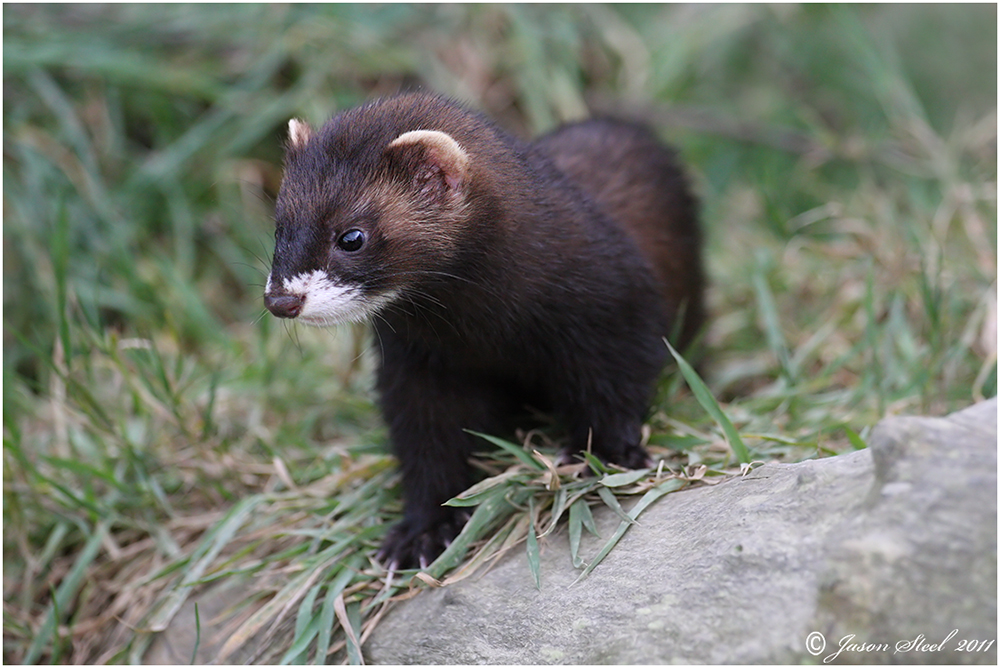
The Polecat is a mainly nocturnal creature preferring to hunt its prey at night. It usually preys upon mouse-sized rodents but will also eat small rabbits, amphibians, birds and their eggs. Adult Polecats are usually solitary animals but are not known to be fiercely territorial and even adult males will often share territories with other males without friction.
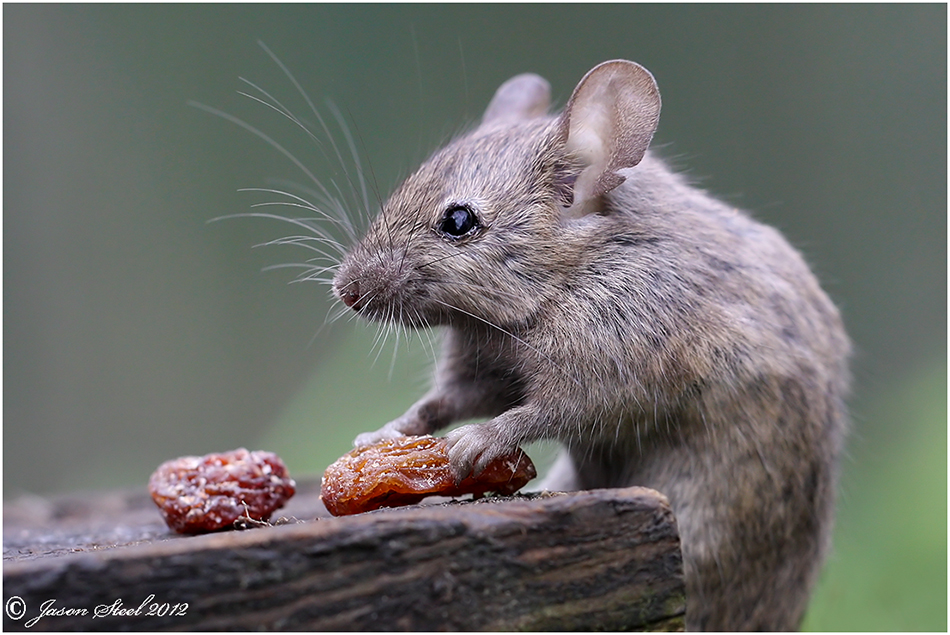
The House Mouse
House mice are very often found living in close proximity with Humans. They will usually eat almost anything but when living in domestic homes they seem to favour cereals, biscuits and chocolate. The House Mouse gets most of its fluids from moisture found in food so it often requires very little water to drink. They are considered by most to be vermin and they can carry both parasites and diseases which are harmful to man including Salmonella and Listeria which makes man very intolerant of their presence.
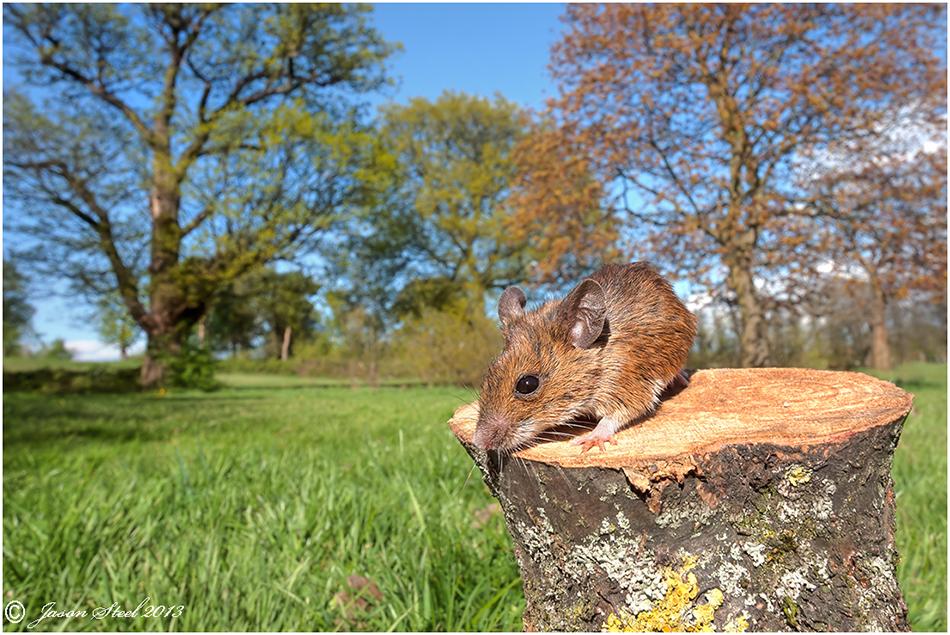
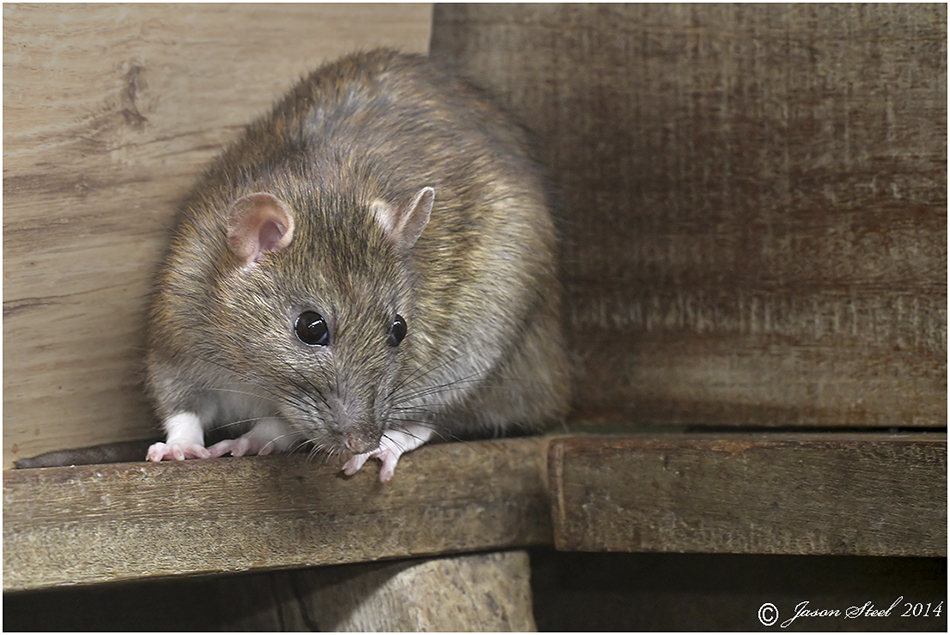
Brown Rat / Common Rat (Rattus norvegicus)
The Brown Rat is common across the UK and much of the civilised world. They are grey / brown in appearance with a long almost bald tail about the length of the head and body. Brown Rats were accidentally introduced to the UK in the early part of the 18th century. It is thought that they originated from Asia where they are native and arrived to the UK as stowaways aboard ships.
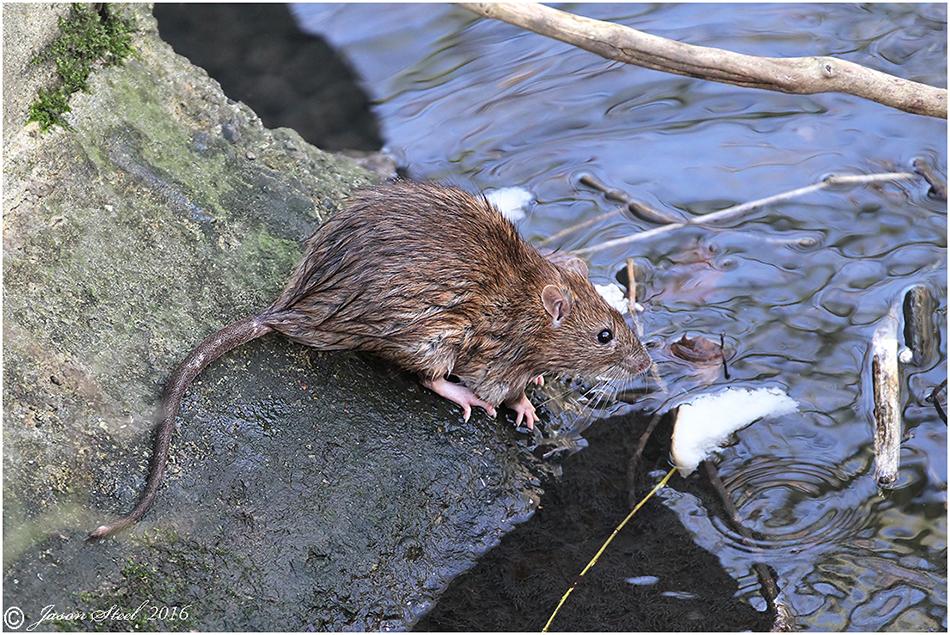
Brown Rats are not territorial and are often found living in large communities where there is a usually a hierarchy based on size and age. These rats live in self-dug burrows and mating occurs throughout the year. They have a life-span of 3-6 years in captivity but in the wild they rarely live longer that a year.
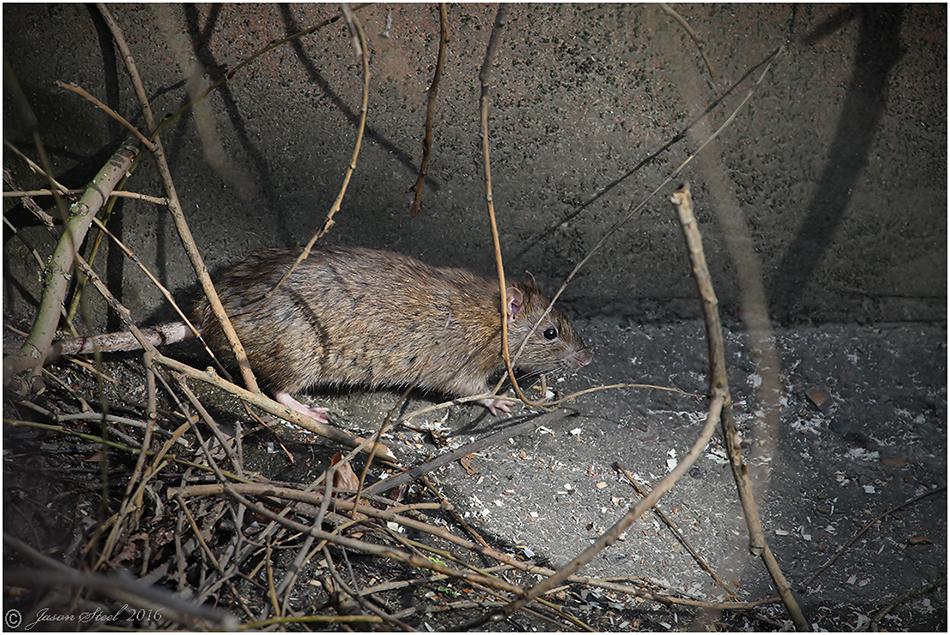
Feeding on almost anything they can find it is common for Brown Rats to be found in sewers and rubbish dumps. Because of this they can carry serious human diseases including Weil’s disease, Lassa fever and the bubonic plague. Consequently rats are treated as vermin and a pest and they are regularly exterminated where they come into contact with humans.
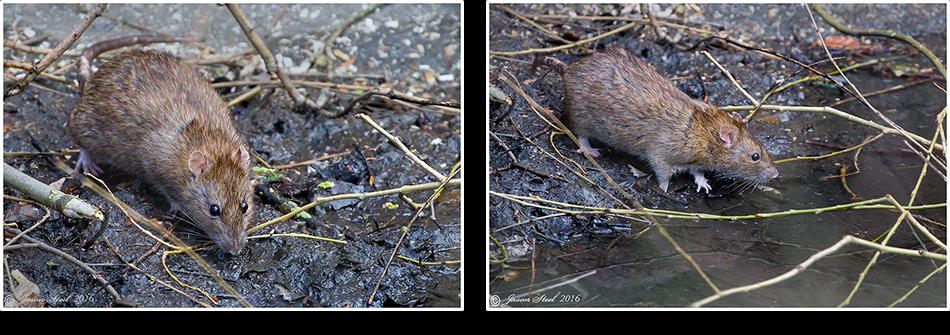
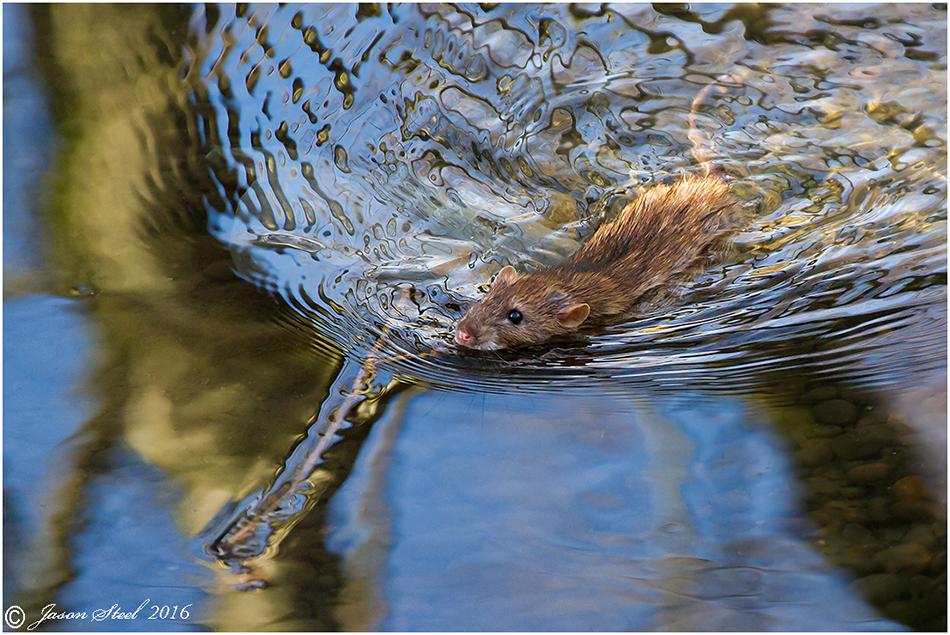
Rats are competent swimmers and will often use waterways to travel from one place to another. This shot was taken in mid-February and the water temperature would have been very cold. However the cold temperatures did not deter this rat from swimming around and collecting scraps of bread from a local stream that had been missed by the ducks that they were intended for.
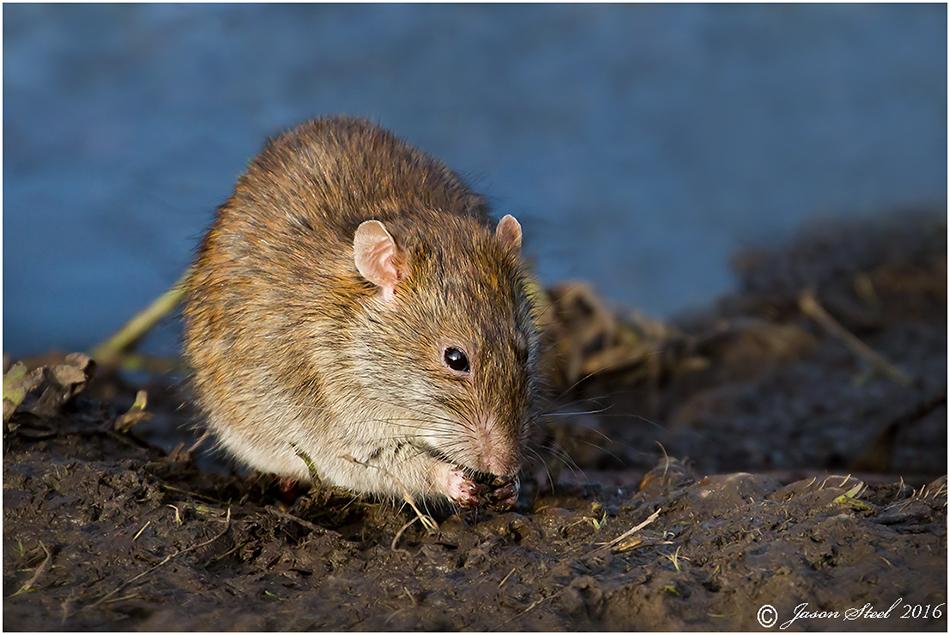
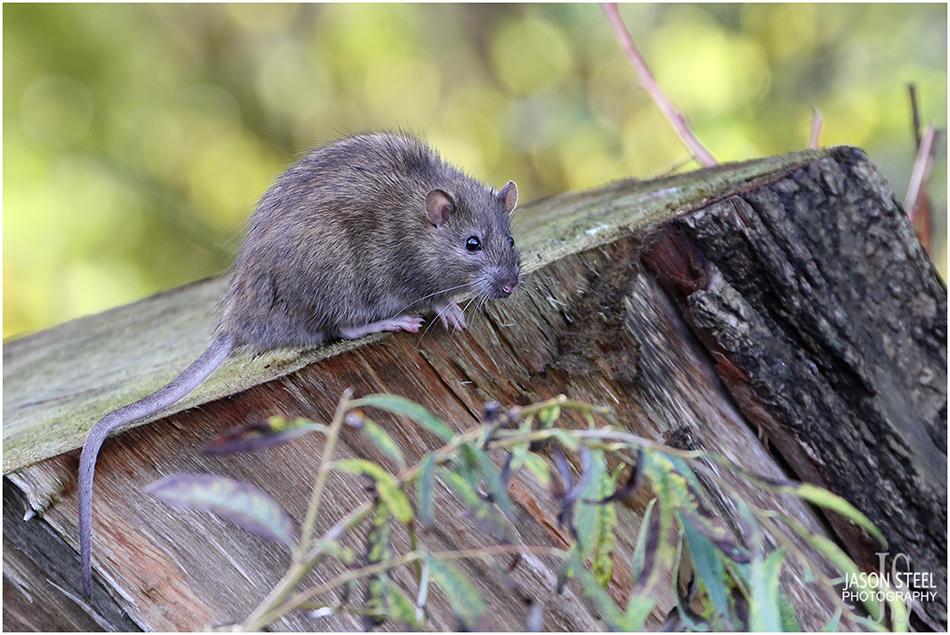
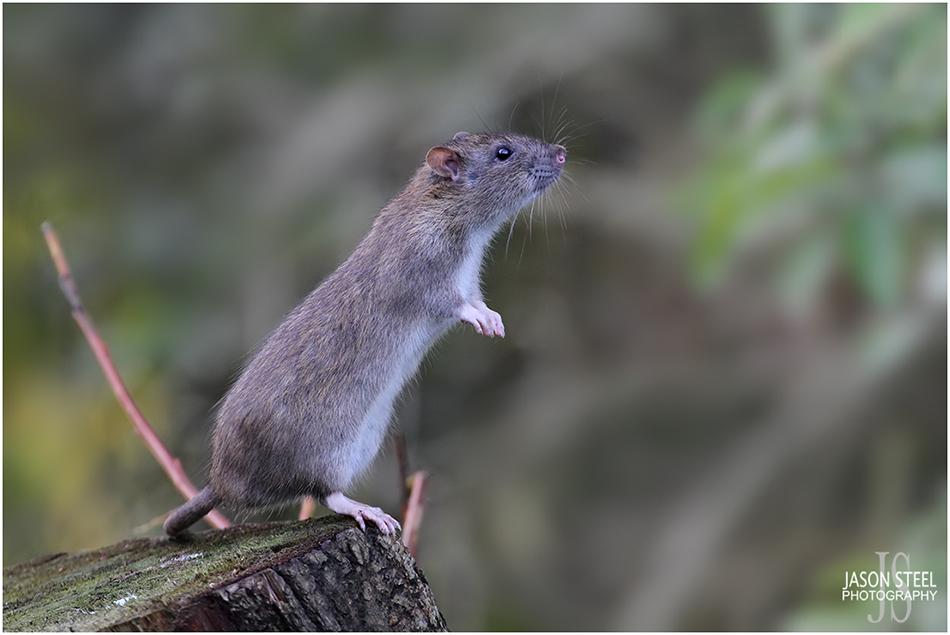
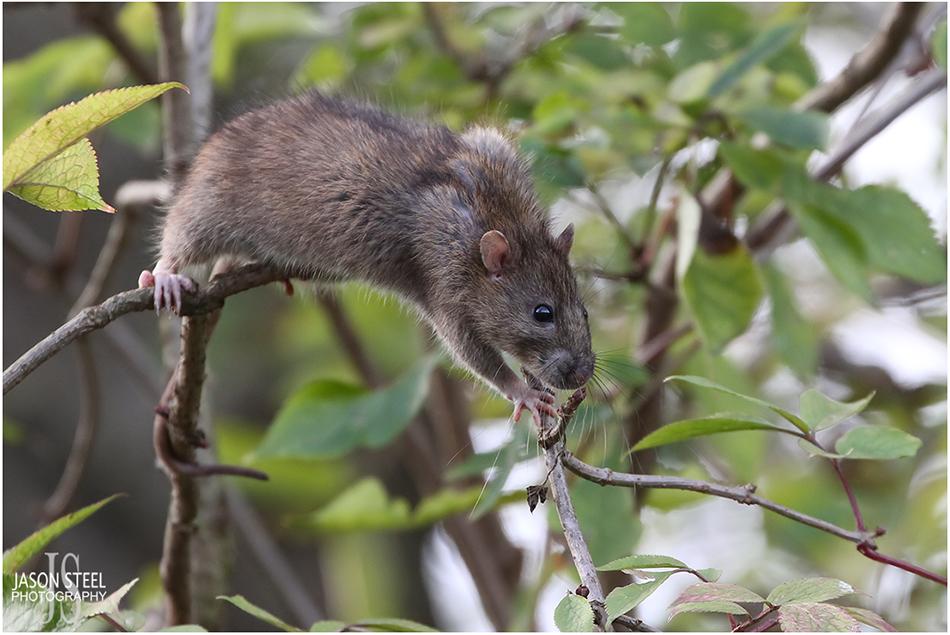
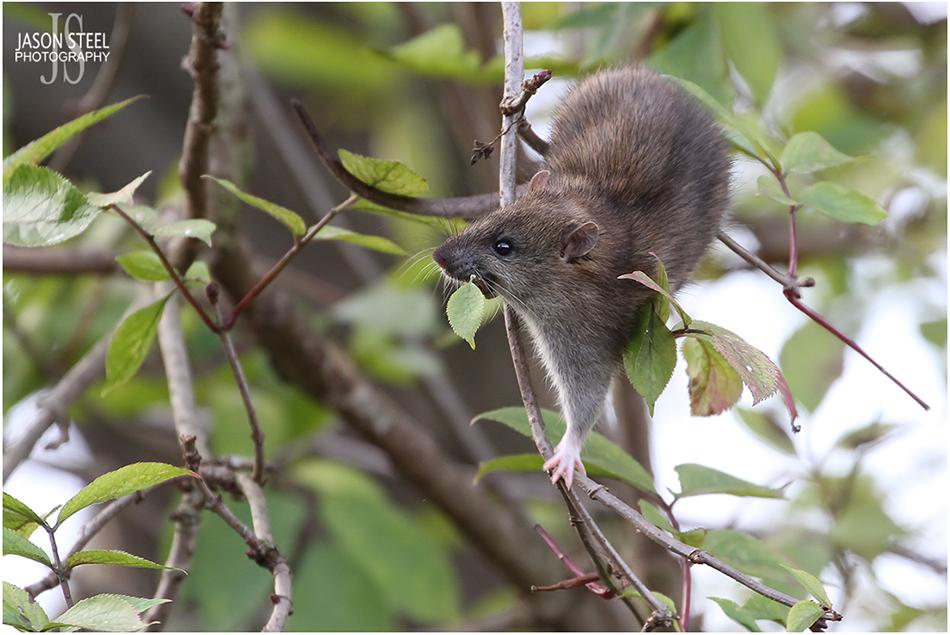
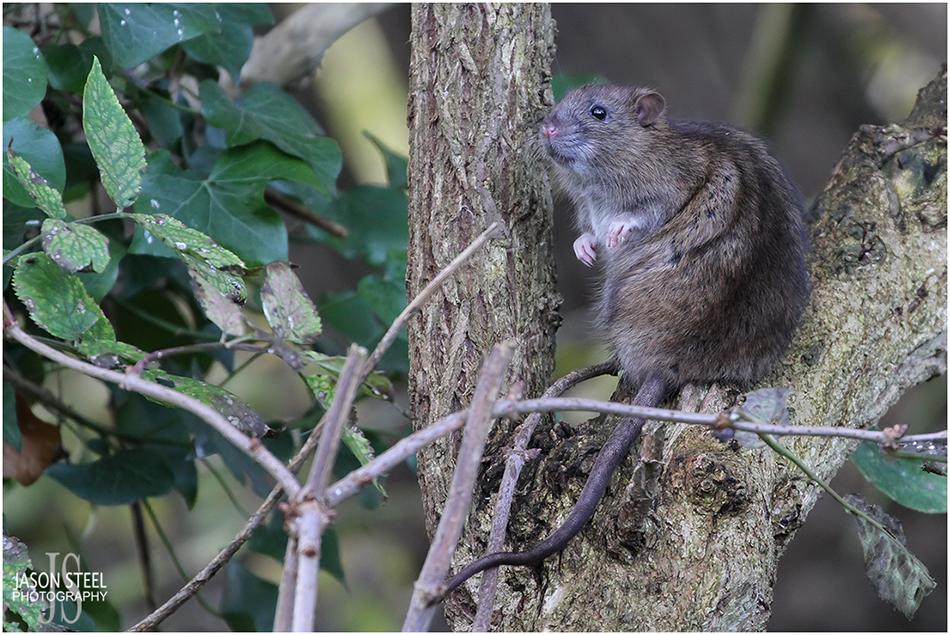
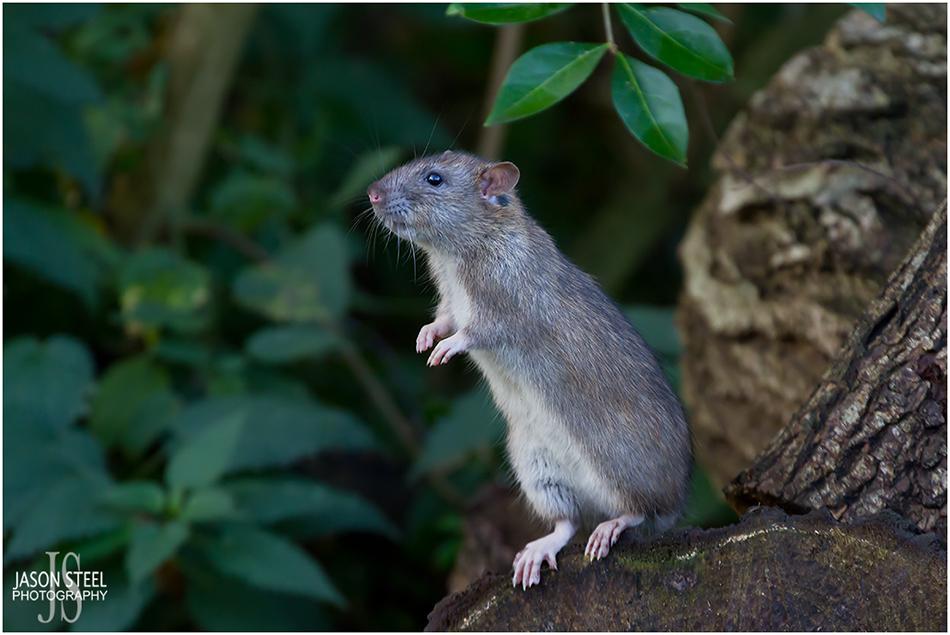
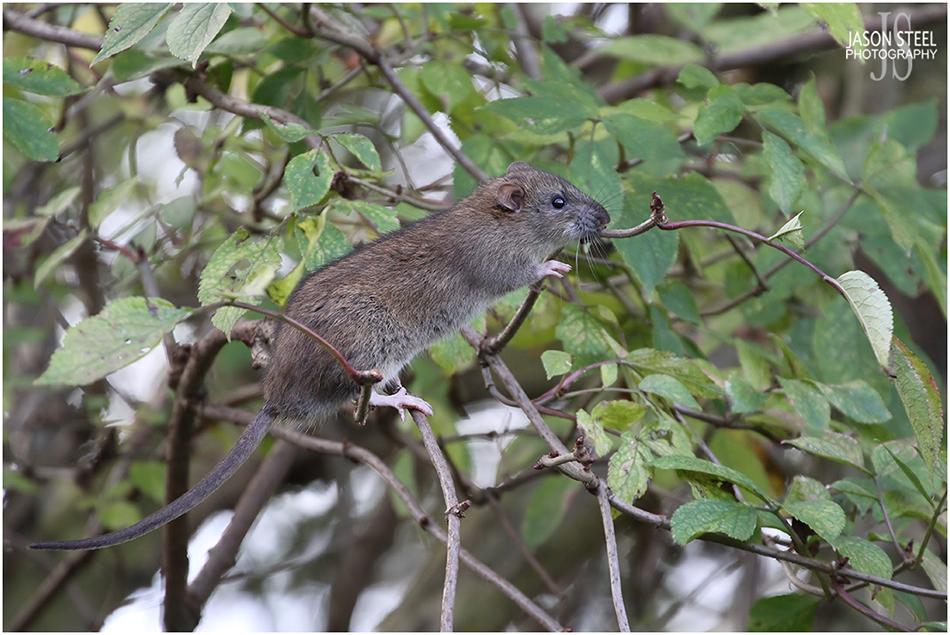
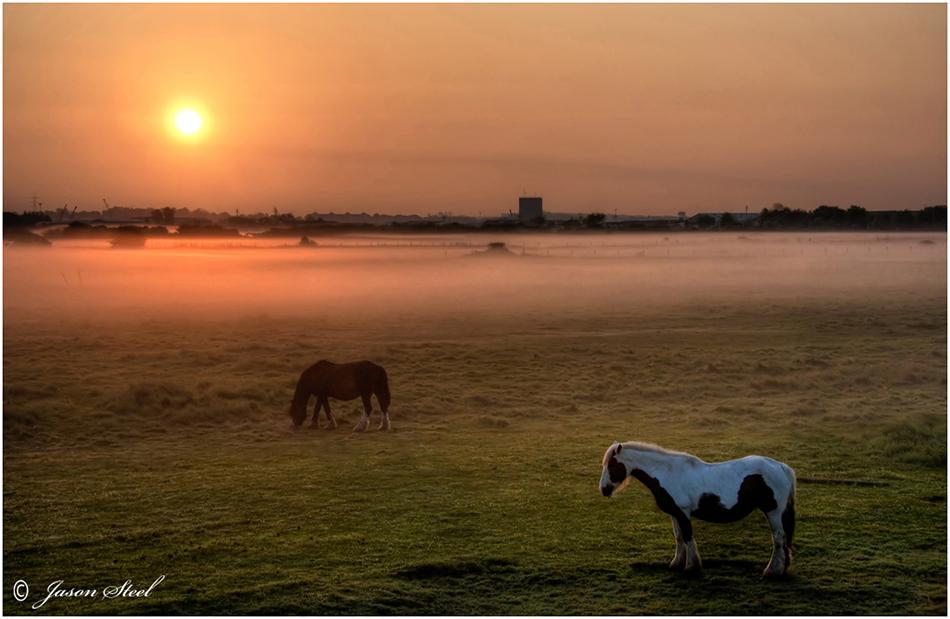
Wild Ponies
There are many places in the UK where ponies can be found apparently living in the wild. Wild Ponies are often not strictly wild and are usually owned by someone although they appear to be free to roam where ever they choose. The New Forest is a great example of this.
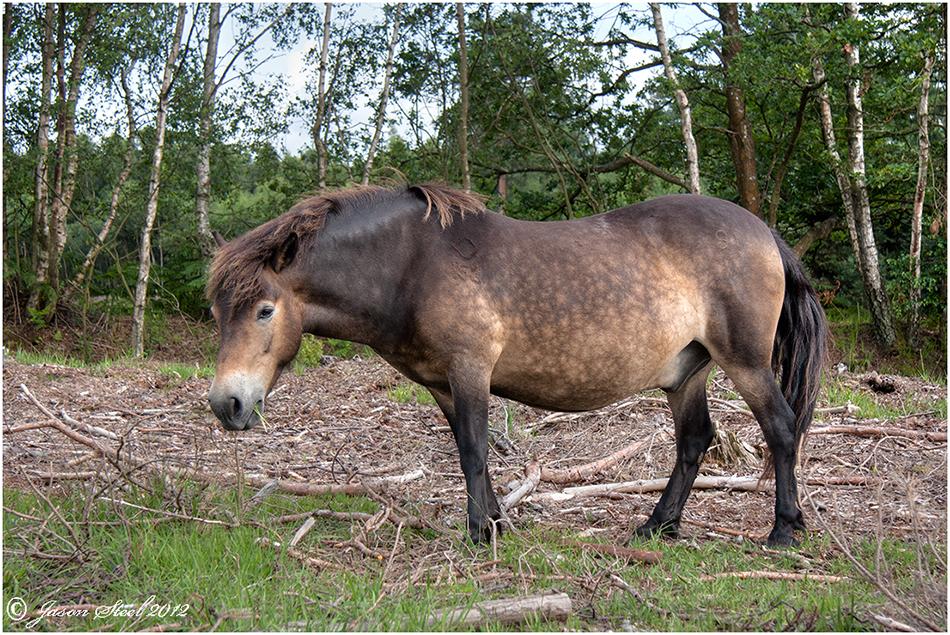
This male is one of five Wild Ponies bought in to the Boadwater Warren nature reserve. Here they will spend six months of the year chomping through the grasses, brambles, and gorse, nibbling at the birch trees and helping to trample the ground. These are all natural processes that wildlife respond to as part of a long-term project to help to restore the site to its former ancient woodland and heathland habitat before it was taken over by plantations of conifer trees.
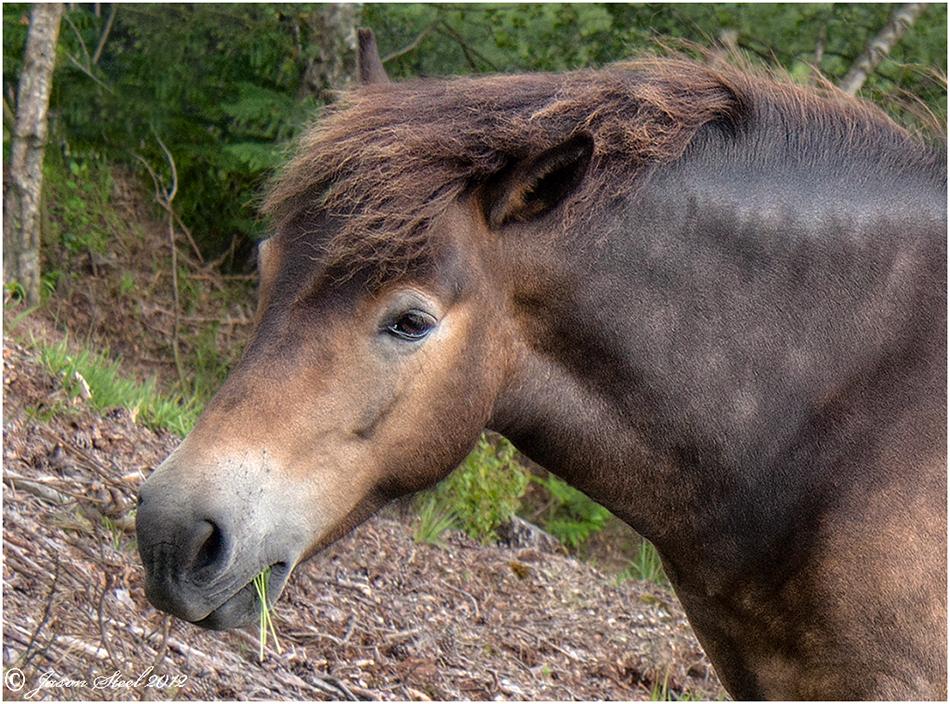
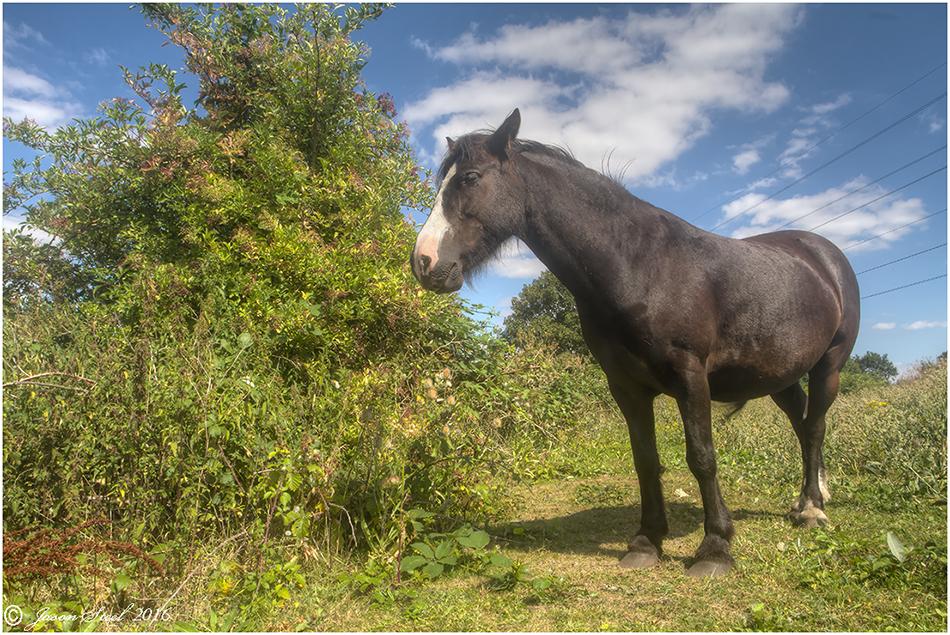
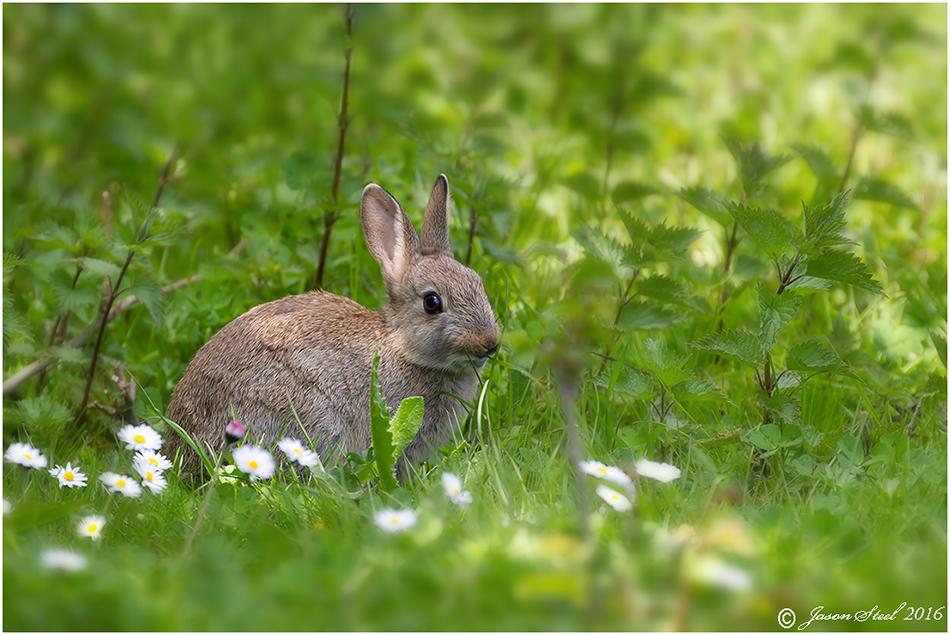
European Rabbit (Oryctolagus cuniculus)
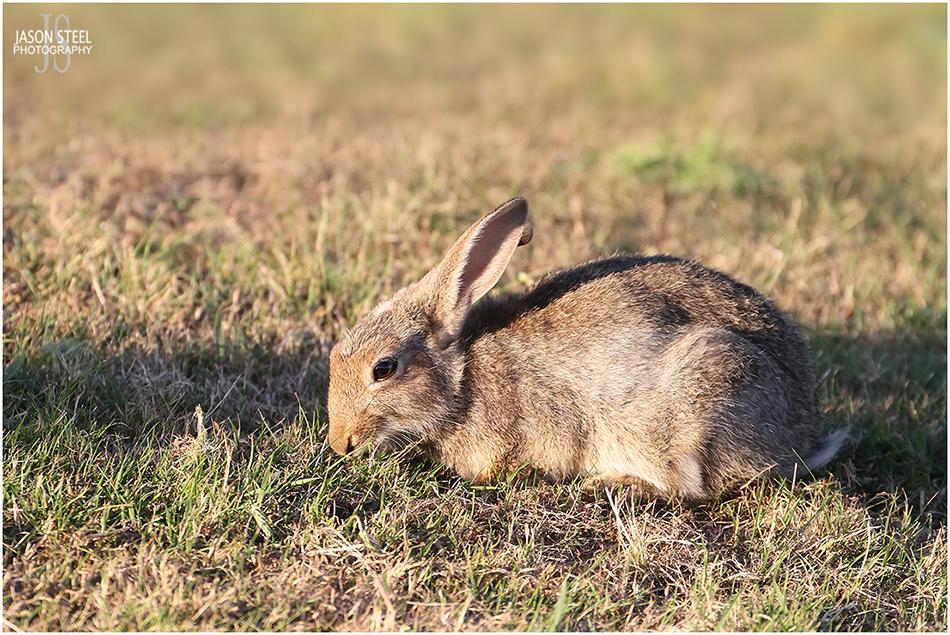
These photos were taken using the Canon 40D Camera and the Canon EF 70-300mm f/4-5.6 IS L, Canon EF 70-200mm f/4 L USM lenses.